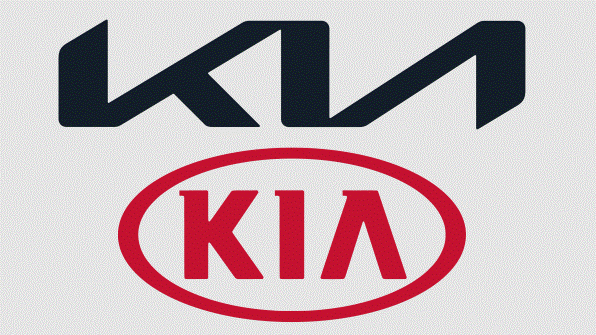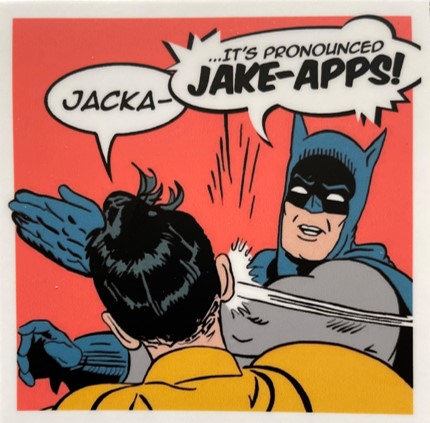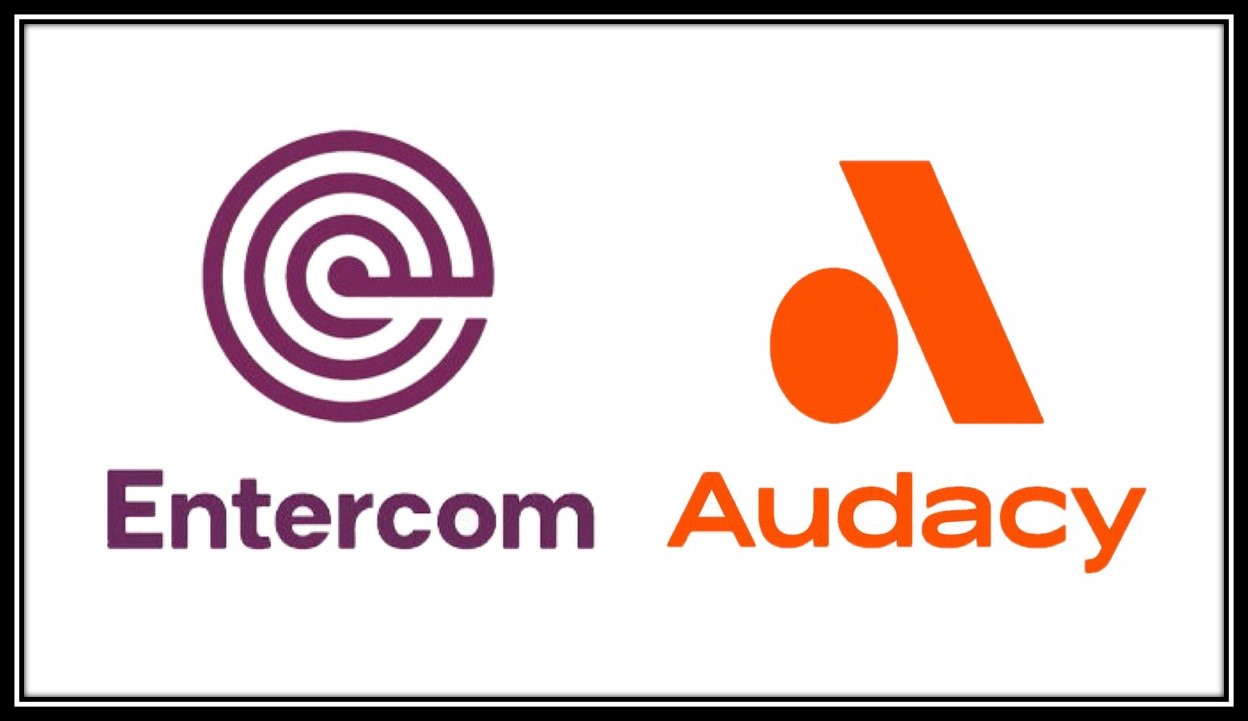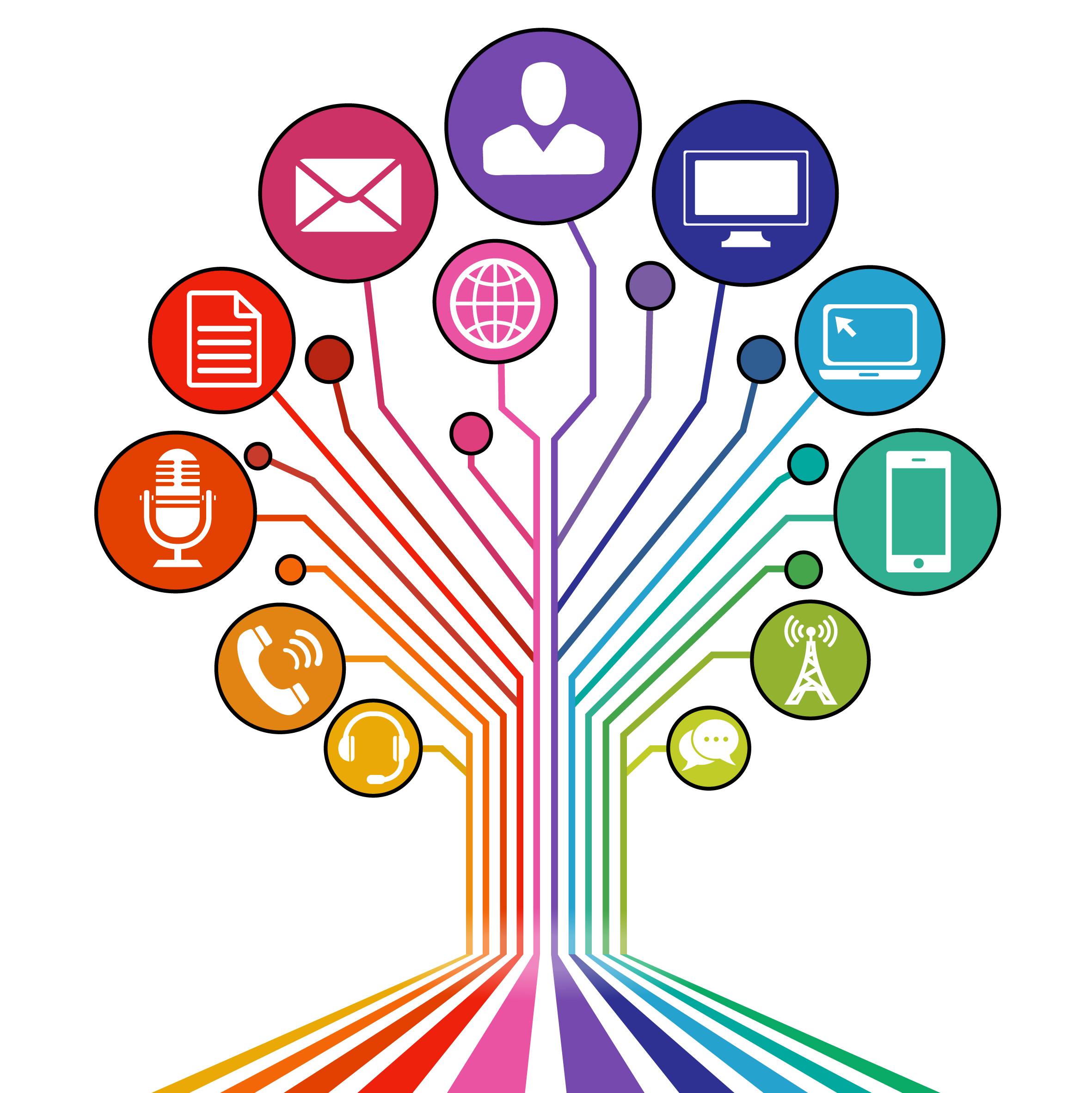
It happens to the best companies. You reach a certain plateau or maybe a valley in your “brand journey” and it’s time to consider a change.
Sometimes these identity shifts are due to the fact the brand gives off an undesirable brand message or image. At other times, perhaps the brand means nothing in spite of continuous efforts to build its image. And then there are the moments when the name itself simply conveys a dated or even the wrong message about a brand.
Thus, the “rebrand,” a move that is becoming more popular in the Digital Age when old brands are trying to communicate a sense of modernity and forward momentum.
A recent story on NPR by Rachel Treisman tells the curious story of HBO Max rebranding to merely Max in 2022 but now reverting to (wait for it….) HBO Max again this summer.
I won’t bore you with the marketing rationale—or rationalization—behind this curious move, except executives at Warner Bros. Discovery now hope that by “boldly iterating its strategy and approach,” the company is apparently willing to go back to the future with its rebranding back to HBO Max.
As Treisman notes, WBD is so self-deprecating about this seemingly confusing rebrand they’re mocking themselves, including enlisting some of its biggest stars—among them Julia Louis-Dreyfus (Veep) and Noah Wyle (The Pitt) to make fun of the company.
Here’s an example on Twitter, of course now rebranded as X, even though most people still don’t call it by its Musk-preferred name:
Rolls off the tongue. pic.twitter.com/2YCuH9HhHV
— Max (@StreamOnMax) May 14, 2025
It’s certainly confusing for those of us trying to navigate the video streaming landscape. And rebrands don’t make it any easier. Like the cow gracing the top of today’s post, company name changes can create more problems than they’re trying to solve. It doesn’t matter whether we’re talking about the name of a ranch, a media company, or a local radio station—a name change should not be approached lightly. Nor is it an endeavor with a big success rate.
In this case, it’s hard not to walk away with the perception that what is intended to clarify and enhance with the HBO Max redux effort may already be going south even before they go through with the rebrand. To illustrate the attendant brand blur, the NPR story includes this helpful tweet that only makes this move more absurd:
Incredible work, everyone. pic.twitter.com/eE77etIPd4
— Mike 📺 (@michaelcollado) March 30, 2025
Treisman points out other prominent rebrands over the past few years—Facebook → Meta (2021) and Dunkin’ Donuts → Dunkin’ (2019) among them.
But she omits the rebrand her own organization engineered around 2010 when National Public Radio was essentially “initialized” to just NPR. Many formerly broadcast companies have taken a similar abbreviated rebrand in recent years.
when National Public Radio was essentially “initialized” to just NPR. Many formerly broadcast companies have taken a similar abbreviated rebrand in recent years.
But do these rebrands actually work? Do they solve more problems than they end up creating?
Rebrands can be confusing. While the HBO Max may be an extreme example, any time there’s a name change, it takes time for the public to get the message. And sometimes they just don’t.
All this can be exacerbated in a growing space with more competitors and other rebrands that have taken place in the not-too-distant past. Again, the video streaming ecosphere is especially crowded with lots of conflicting marketing taking place.

How can a brand capture the necessary attention and establish its new brand in this frenzied, over-communicated environment?
Rebrands can muddy up visual recognition. Just because a brand designs a new logo, it is no guarantee it will “print” with a customer base. In an effort to modernize a tired brand, companies have been known to adopt a more stylized look that might exude “cool.” But is it clear to the average pair of eyes?
One of the best examples in the recent past is Kia’s attempt to update its look, going from a rather dull logo to an unreadable one.

Brands can be difficult to pronounce. You might be surprised to know just how many famous brand names are mangled just about every time someone speaks their name.
Hub Spot produced a lengthy infographic that shows the correct and incorrect phonetic spellings of brands with household names but that tongue-tie us. (There’s a morning show bit here.)

We fell into this same tub of audio quicksand when we launched jacapps, our mobile apps company, back in 2008. Because we knew our apps would be marketed to radio stations, the idea was to use a name for this company that evoked our legacy company, Jacobs Media. I also wanted “apps” in the name because I reasoned that would instantly clear up any mystery about what we did, unlike many tech companies with ambiguous names.
We were hoping people would naturally say “JAKE-apps.” Instead, many said “JACK-apps.”
In an effort to clear up the confusion, our developers tried a number of things—including coining the slogan:
jacapps – rhymes with “make apps”
That helped but the mispronunciation of the company continued. Then one day, this showed up in the kitchenette:

Rather than using superheroes to clear up the confusion, we might have just started with an obvious-to-pronounce name.
Brands can be difficult to find. Sometimes, this is a product of the previous problem—a name that’s confusing to pronounce along with one that’s difficult to spell.
In a world where most of us still type in search words in browsers on computers, tablets, or phones, being able to spell your name becomes of paramount importance.
Both have been issues with Audacy, the name that replaced Entercom.  While the old name said nothing about what the company did, the new name is often misheard when a listener encounters it on the radio or a podcast—the major way it is exposed.
While the old name said nothing about what the company did, the new name is often misheard when a listener encounters it on the radio or a podcast—the major way it is exposed.
People might hear a company that’s got some “audio” in its name, but it seems just as likely they heard “odyssey” or a variant. And when you visit an app store or try to navigate to the company website, it helps to be able to spell its name.
Interestingly, we love those bits where the masses often mispronounce song lyrics (“There’s a bathroom on the right”), but when it’s a brand name, it’s not especially funny.
Brands can be confused because of their sheer numbers. There may be as many as a half million media brands in the world. So, will the average person remember yours? Plus, bonus points for being able to say/spell it correctly.
Add to that the average radio station likely has a fraction of the marketing dollars it had budgeted 30 or 40 years ago. Without a powerful megaphone that covers more ground than the station’s cume audience, hammering home a new brand name is a more arduous and expensive task these days.
dollars it had budgeted 30 or 40 years ago. Without a powerful megaphone that covers more ground than the station’s cume audience, hammering home a new brand name is a more arduous and expensive task these days.
I’ve talked with many stations over the past decade or so who were considering a rebrand, without factoring in how much media tonnage would be required to communicate that change to most people in the target audience.
On top of the marketing expense is the associated costs with rebrands—redoing everything. That includes signage, vehicles, videos, audio libraries, stationary, websites, apps, and even business cards.
You think back to the HBO/Max chaos, and how much money has been spent in all these areas, beyond advertising and promotion.
Given how much money has been lost due to errant rebranding initiatives, you’d think most companies would pay a pretty penny to avoid missteps and outright debacles.
The fact is, it actually costs very little. A handful of focus groups would easily clear up most of the confusion over a rebrand’s appearance, its pronunciation, and its spelling. And if there are concerns about respondents influencing one another, recruit a dozen one-on-one interviews to satisfy a team’s concerns or doubts.

Considering what’s on the line when it comes to a company’s or a brand’s reputation and overall profitability, these types of qualitative “pressure tests” should be mandatory before any macro brand change is allowed to take place.
Maybe a global shoe company or a major automotive manufacturer can survive a branding fiasco, most radio stations and the companies that own them cannot.
Brands matter. Just ask the Oracle of Omaha, Warren Buffett:

Originally published by Jacobs Media









